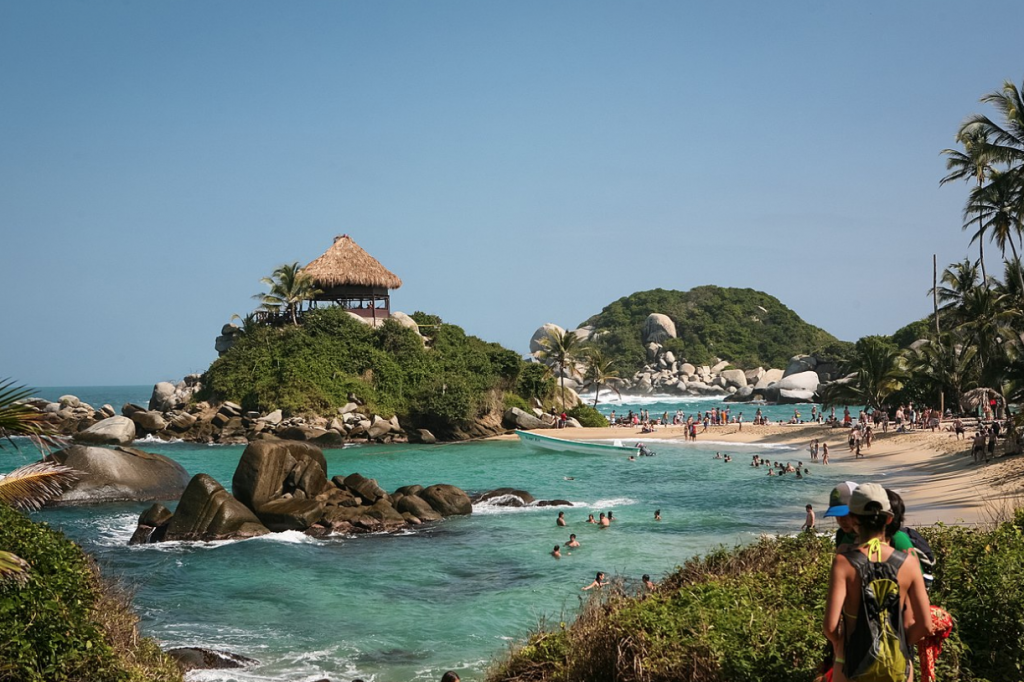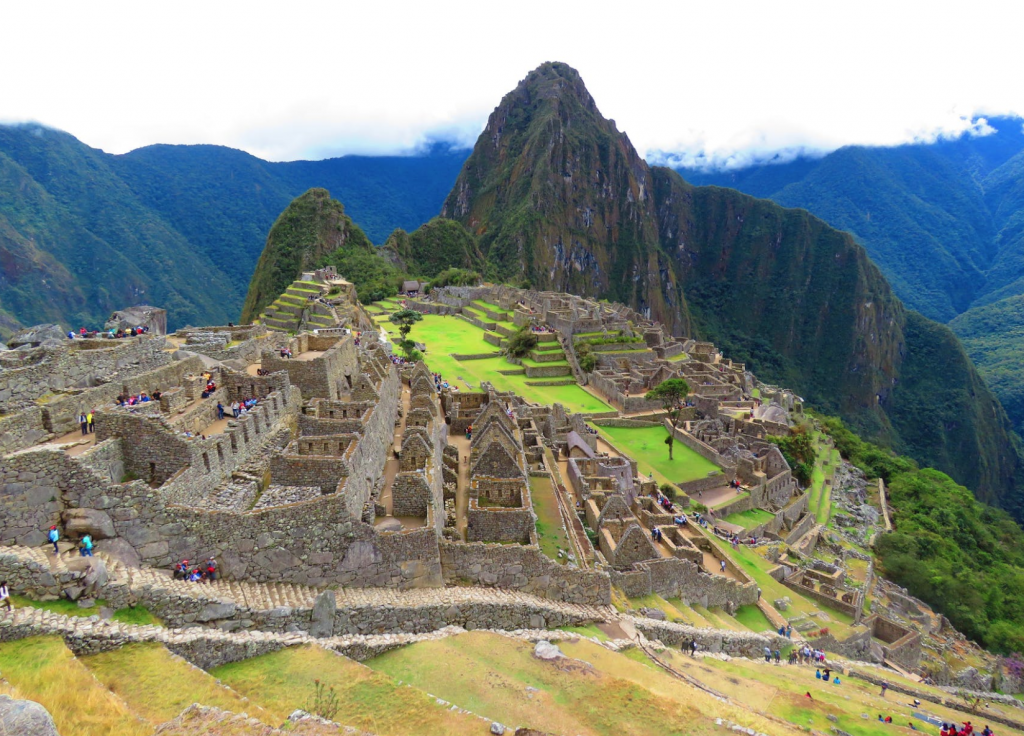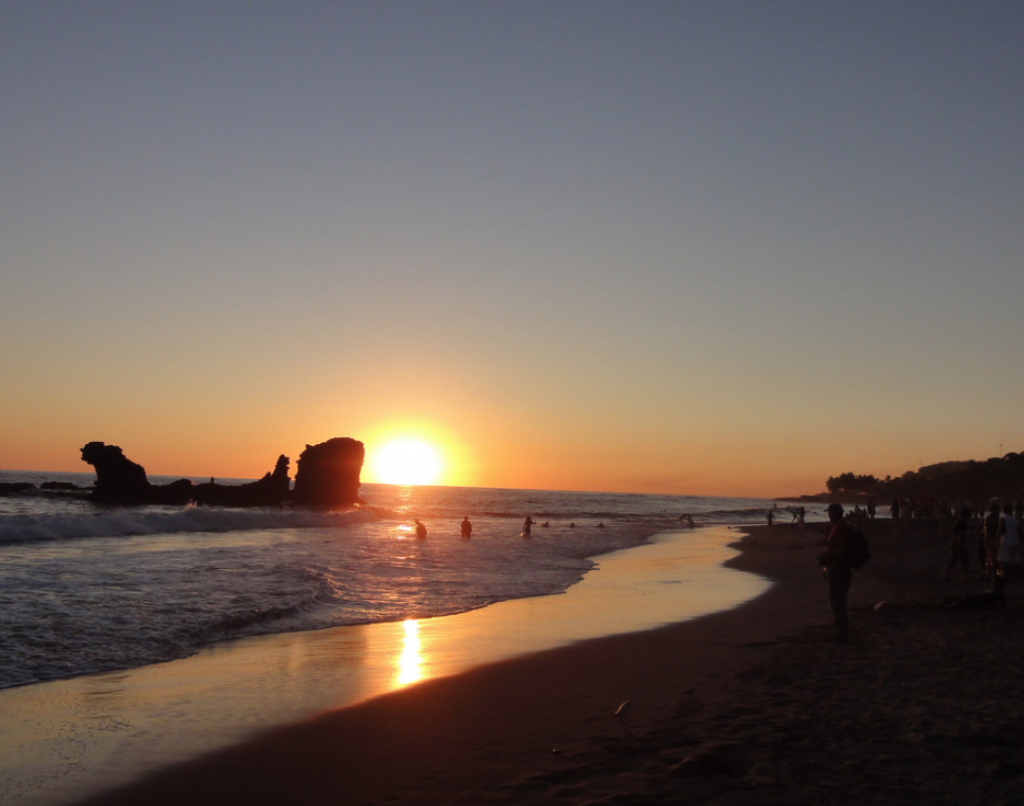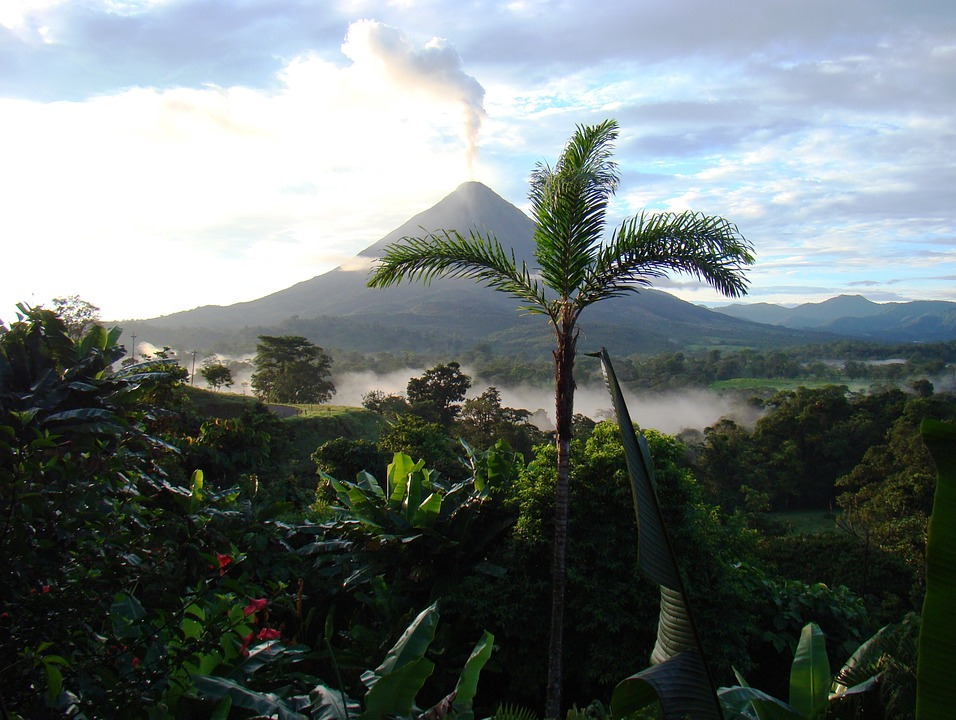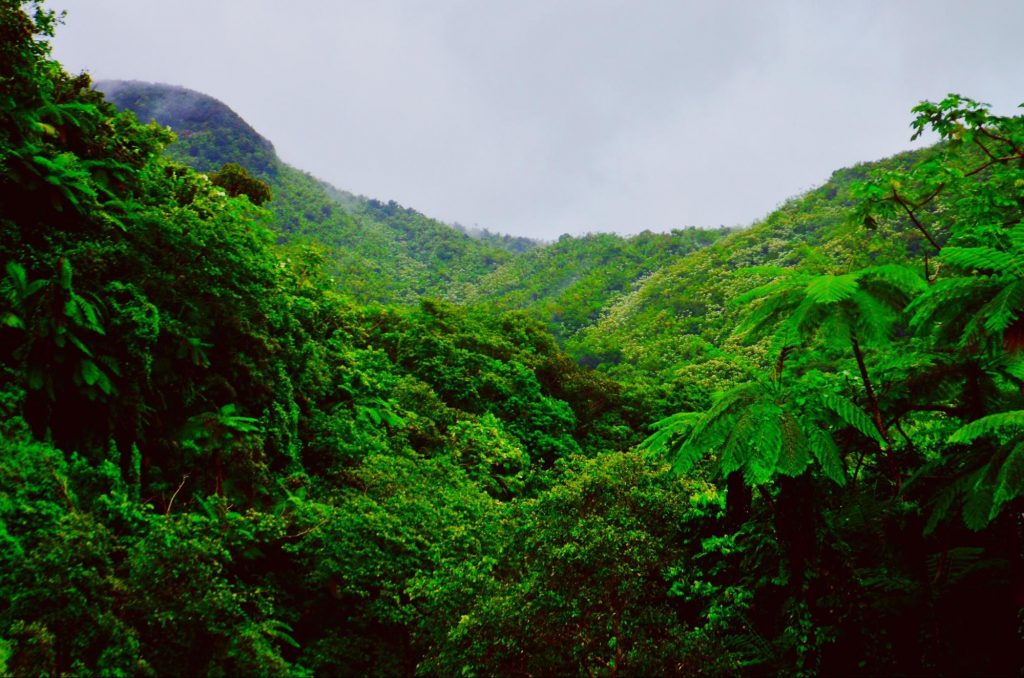21 Spanish Speaking Countries: From Largest To Smallest
Get our free email course, Shortcut to Conversational.
Have conversations faster, understand people when they speak fast, and other tested tips to learn faster.
More infoAt BaseLang, we’ve helped thousands of people learn Spanish, and many of our students share the same motivation for learning Spanish: Travel.
Whether you already have the travel bug, or you’re dreaming of one day buying a plane ticket to Spain or Latin America and scratching that travel itch, learning Spanish is a no-brainer.
Not only will you be able to immerse yourself in a new culture and connect with Spanish speaking locals, but you’ll also have a list of 21 official Spanish speaking countries to add to your travel bucket list.
(Ok, we’re not recommending that you should travel to each country on the list, but you get the point.)
How Many People Speak Spanish?
493 million people speak Spanish as a native language, making it the second most-spoken language in the world (source: Instituto Cervantes, 2021). As a native language, Spanish is ahead of English, but behind Chinese, which has the world’s most native speakers.
If we include everyone who speaks decent Spanish as a second language, we can use Spanish to communicate with 591 million people worldwide! This makes Spanish the third most-spoken language in the world, behind Chinese and English, and on par with Hindi.
Spanish is also one of the most-used languages on the internet, with huge Spanish-language communities on international social networks.
Not to mention the fact that Spanish is continuing to grow in traditionally non-Spanish-speaking countries.
Let’s take the United States, for example, where over 60 million people identified as being of Hispanic origin in the 2019 census, comprising more than 18% of the country’s population. The Spanish language has by far the most native speakers in the country, with 12% of the American population using it as their primary language in 2021.
Ay caramba!
List Of Spanish Speaking Countries
If you are planning to learn Spanish, or have already nailed down some of the basics, then there are tons of attractive options for putting your Español to the test.
To be exact, 21 countries have Spanish as their official language.
1. Mexico
Highlights: The annual Day of the Dead festival on November 1st & 2nd each year, postcard-perfect Caribbean beaches, delicious street tacos for under a dollar, historic ruins of Chichen Itza and Teotihuacán.
2. Colombia
Highlights: Caribbean flavor of Cartagena, Parque Tayrona national park, Medellin nightlife, learning salsa in Cali, touring a coffee farm in the Zona Cafetera.
3. Spain
Highlights: Barcelona & Real Madrid battling it out in “El Clasico,” eating tapas, architectural masterpieces such as Gaudí’s Sagrada Familia and the fortress/palace Alhambra, heading south for some beach hopping.
Related: Read about the differences between Spain Spanish & Latin American Spanish.
4. Argentina
Highlights: Iguazu Falls, Tango in Buenos Aires, vineyards of Mendoza, hiking in Patagonia, and visiting Ushuaia (claimed to be the most southernmost city in the world).
5. Perú
Highlights: Peruvian cuisine, Machu Picchu ruins, bustling city of Lima, Nazca Lines, visiting the Amazon, Lake Titicaca, and surfing in Mancora.
6. Venezuela
Highlights: Angel Falls (the highest waterfall in the world at 3230 feet), beachtime in Margarita Island, sand dunes of Médanos de Coro National Park.
Unfortunately, Venezuela is pretty unstable at the moment, so we cannot advise visiting there right now. In the meantime, why not head to some of the other Spanish-speaking countries around South America where you’re bound to meet plenty of Venezolanos.
7. Chile
Highlights: Easter Island, Punta Arenas (also claimed to be the southernmost city in the world), adventure sports in Pucón, Valparaiso street art, and sandboarding in the Atacama desert.
8. Ecuador
Highlights: Montañita beach town, Cotopaxi National Park, the Galápagos Islands (which inspired Charles Darwin’s theory of evolution), and Quito, one of the highest capital cities in the world (prepare for the altitude).
9. Guatemala
Highlights: Ancient Mayan city of Tikal, sunrise hike in Lake Atitlán, and adventure sports in Semuc Champey.

Unsure what to learn next?
Download the exact curriculum that thousands of BaseLang students have used to become fluent in Spanish.
Download Guide Now!
10. Cuba
Highlights: Cruising around Havana in a car from the 1950s, cigar farms in Viñales, Cuba Libres & salsa in Trinidad, and beach time in Varadero.
11. Bolivia
Highlights: The salt flats of Salar de Uyuni, the infamous “death road” bicycle trail in La Paz, Lake Titicaca, and the Amazon rainforest.
12. Dominican Republic
Highlights: Cordillera Central trek, learning bachata in Santo Domingo, whale watching in Samaná Bay, and chilling at Playa Las Ballenas beach.
13. Honduras
Highlights: Ancient ruins of Copán, considered some of the best in Central America. Roatán and Utila if surfing or water activities is your thing.
14. Paraguay
Highlights: The Iguazu Falls, which borders Argentina, Brazil, and Paraguay, is one of the top tourist attractions in South America.
15. El Salvador
Highlights: Joya de Cerén Archaeological Site, a pre-Columbian Maya farming village somehow incredibly intact under layers of volcanic ash. Playa El Tunco beach for catching some waves and relaxing for a few days.
16. Nicaragua
Highlights: Colonial vibes of Granada, nightlife in San Juan del Sur, surfing down the active “Cerro Negro” volcano at 93 km/hr in León.
17. Costa Rica
Highlights: Arenal Volcano national park, secluded beaches of Guanacaste, and the diversity of Corcovado National Park, an 11,000-acre rainforest.
18. Panama
Highlights: The Panama Canal, which connects the Caribbean and Pacific, Casco Viejo district in Panama city, the coast for surfing, scuba diving, snorkeling, or simply chilling by a Caribbean beach.
19. Uruguay
Highlights: Surfing in Punta del Diablo, strolling around the quaint Colonia del Sacramento, whale watching from the beaches of Piriápolis.
20. Puerto Rico
Highlights: The 16-century Castillo San Felipe del Morro fortress jutting into the Atlantic Ocean, the historic old city of San Juan, the El Yunque tropical forest, and endless beaches.
21. Equatorial Guinea
The final Spanish-speaking country is located in….…AFRICA.
(Yes, it also took us by surprise.)
Around a third of the population in Equatorial Guinea speaks Spanish, while French, Fang, and Bubi are also spoken. The main part of the country is situated on the Atlantic Coast in central Africa, while the capital city of Malabo is on the island of Bioko off the coast of Cameroon.
Despite boasting a terrain that features plains, valleys, rainforests, and volcanoes, it seems like tourism hasn’t quite taken off, with Equatorial Guinea being among the least-visited countries in the world.
While there isn’t a whole pile of available information on traveling there, Equatorial Guinea is currently categorized as Level 1 (exercise normal precautions) by the US Department of State Travel Advisory, which means it’s pretty safe to travel there.
Bonus Country: the Philippines
Ok, while the Philippines is no longer officially a Spanish speaking country these days, this wasn’t always the case.
Up until 1987, Spanish was a co-official language of the Philippines, along with English.
Although the language is on the decline since the change, Philippine Spanish (a variant of standard Spanish) is still popular with many locals continuing to speak it, and schools continuing to teach it.
Which means you may find pockets of Spanish speakers if you ever travel around the Philippines.
And if not, just hit the beaches.

